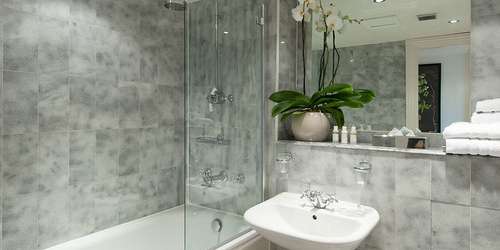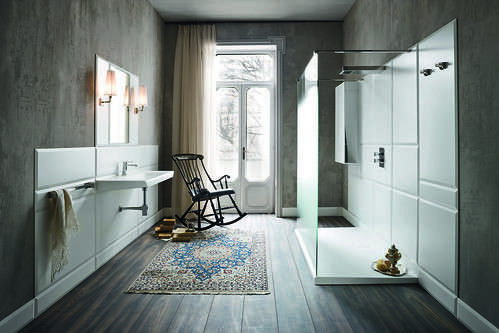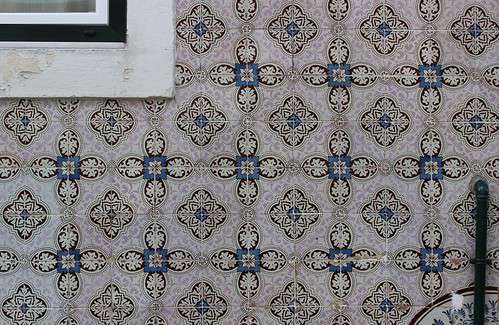Spectrophotometric Evaluation of Color Consistency in Ceramic Tile
In 2006, however, a group of researchers developed an effective color matching algorithm for ceramic tile using the Kubelka-Munk theory verified via UV spectrophotometric evaluation. In a study published in the Journal of the European Ceramic Society, the researchers developed a system of four industrial pigments that served as the basis for formulation. By applying the principles of the Kubelka-Munk theory, they were able to create an efficient algorithm for the formulation of ceramic tile pigments. Five target colors were analyzed using a UV spectrophotometer and their reflectance spectra compared to the Natural Color System standards to determine color accuracy.
These spectrophotometric measurements not only allowed the team to determine the efficacy of the algorithm, but also correlate color to process variables. “The decisive steps have been the introduction of a base glass in the formulations and the characterization of the colored glazes after firing,” they note. Furthermore, the method revealed predictable color differences based on firing temperature variation, suggesting that carefully modulated temperature controls could significantly enhance color consistency.
Further development and widespread implementation of such color formulation algorithms could increase quality, variety, and consistency in mass ceramic tile production while helping tile manufacturers increase efficiency and realize cost savings. At the same time, it could also facilitate partial tile replacements as well as historical preservation, restoration, and reproduction by allowing for precise color matching and economically viable small-batch or even one-off production.3 UV spectrophotometry will continue to play an integral role in the development and evaluation of any new algorithmic technologies, owing to its high degree of accuracy, versatile optical geometries, and precise, objective quantification of color information.
HunterLab Color Measurement
HunterLab has been a pioneer in the field of color measurement for over 60 years. During that time, our instruments have helped researchers and manufacturers develop and deploy new technologies that enhance color formulation and production processes across industries. Today, we offer a complete range of portable, benchtop, and in-line spectrophotometers engineered to give you unprecedented insight into color behavior and expanding your ability to collect, analyze, and share color information. Contact us to learn more about our line up of color measurement instruments, customizable software packages, and world-class customer support services.





